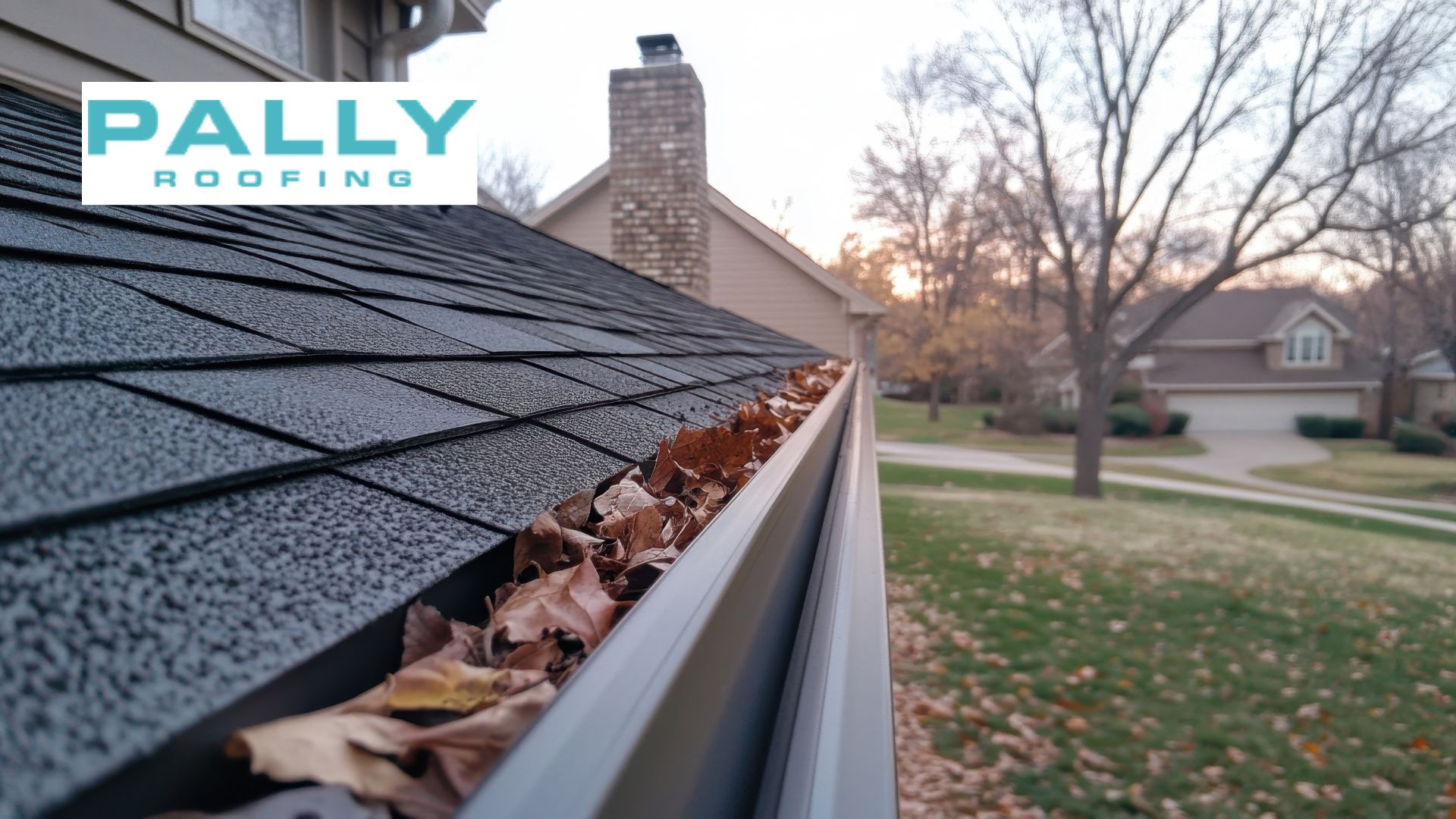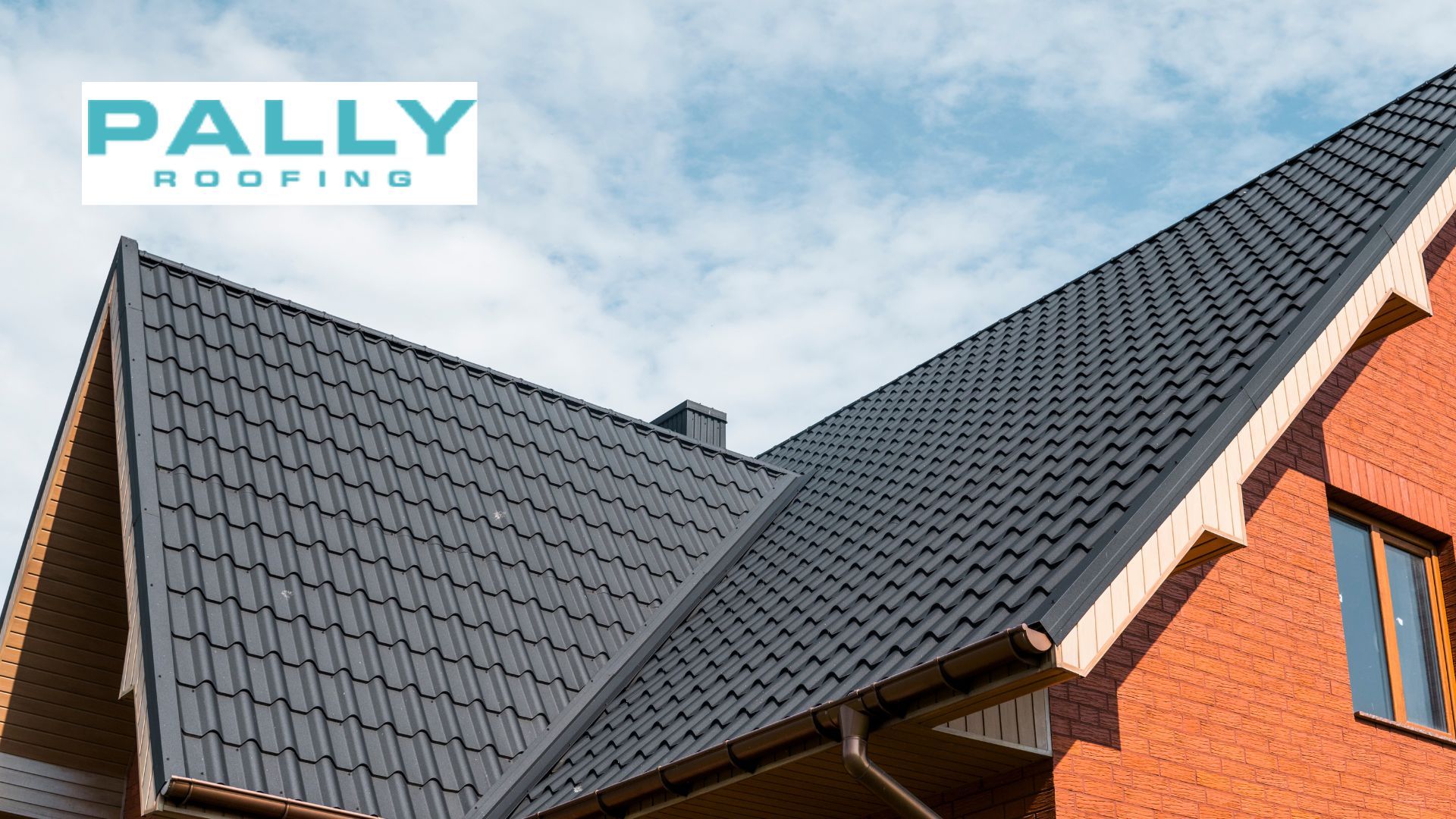Last updated on August 28th, 2024 at 09:30 am
Determining how much material you’ll need is the first step if you’re considering installing a new metal roof. This is the only method for getting an actual cost estimate for the task, and it will also make it easier for you to compare your options because you can see what types of metal roofs fall within your price range. Even if it could appear like complex or unachievable work, it leaves you to question, “Where on earth do I start?” Measuring for metal roofing is a simple and quick process.
Table of Contents
For homeowners and constructors, determining the proper width for metal roofing may take a lot of work. After all, the choice affects the roof’s longevity, performance, and appearance. Thus, the crucial query still stands: what is the width of metal roofing? Many standing seam metal roofs use panels 12 to 18 inches wide, but the popular 16-inch width perfectly balances longevity, ease of installation, and looks.
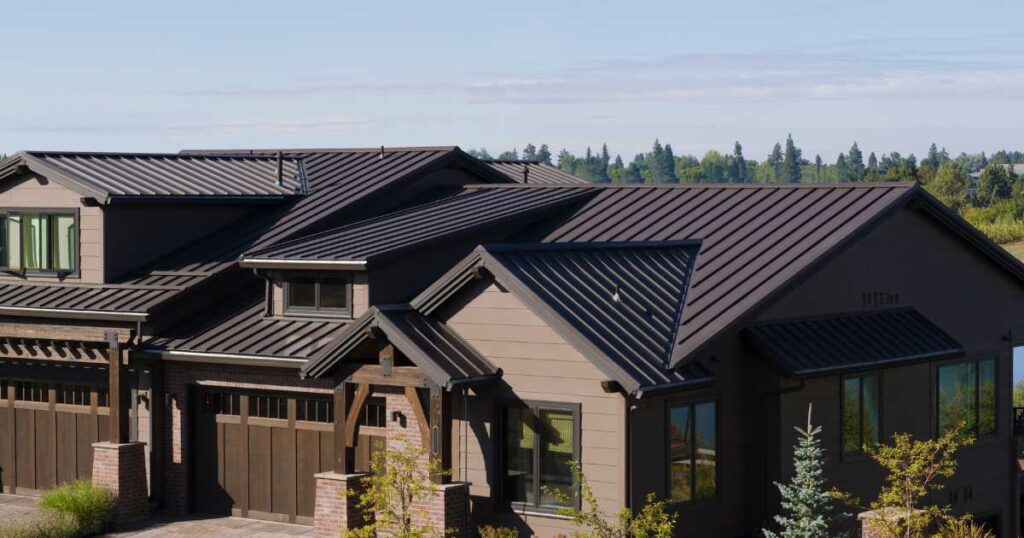
What Is The Width Of Metal Roof?
Different panel widths suited to specific needs and aesthetics are encountered when exploring the world of metal roofing. Interestingly, panels with a 12 to 18-inch spacing are frequently preferred for standing seam metal roofs. But the 16-inch panel’s versatility makes it stand out. This width ensures easy installation and hassle-free replacements while also complementing a wide range of architectural designs. Knowing these widths guarantees that your roof will serve as an eye-catching piece and a source of protection, whether for a modern loft or a charming town.
How Much Is a Metal Roof Supposed to Be Wide? – Contemplating Height
Height is something that people tend to ignore when purchasing metal roofing. However, the height of your panels and the seams that go with them can significantly impact the final appearance and functionality of your roof. The height of these standing seams, sometimes called “ribs,” can vary from one to several inches. Panels on your roof lock into place and stay put, thanks to the ribs. Due to the larger size and increased stability required for commercial applications, this is especially crucial. The height of the ribs affects the stability of your metal roof in windy circumstances. Firm clicks secured by ribs prolong the life of your roof and keep it in place during storms.
Why Is Metal Roof Width Critical?
Metal roofing is a cost-effective, aesthetically pleasing, and functional way to shield a building from the weather. In this, the width of the metal roofing is crucial. This is the reason why:
Roof Stability and Structural Integrity
The primary function of a roofing system is to protect a building from the elements, such as severe storms, pouring rain, and the sun. Their length strongly influences the degree to which metal roofing panels can tolerate these conditions. Panels with an ideal width offer more stability and resistance than those too wide or narrow. Proper panel sizes minimize warping or buckling and guarantee a balanced weight distribution.
Aesthetic Appeal and Design Compatibility
The width of the panels on metal roofing can significantly impact a building’s overall appearance. Metal roofing is available in a variety of types and patterns. Narrower panels can seem more conventional, while more comprehensive panels might have a sleeker, more contemporary appearance. Selecting a width that integrates with the building’s architectural style is crucial.
Adequate Water Drainage and Leak Prevention
The effectiveness of the roof’s water drainage system might be affected by the breadth of the metal roofing panels. More comprehensive panels may provide larger surfaces for water runoff, but improper installation can also create opportunities for water to pool and cause leaks. The proper width reduces the likelihood of collection and possible damage by ensuring steady water passage.
Cost Impacts of Different Widths
Price tags can differ for different widths. More comprehensive panels may result in fewer seams and possibly less labor during installation, which could save money. They may also need more support or specific installation methods, which might raise the price. Knowing these trade-offs is crucial when choosing the width.
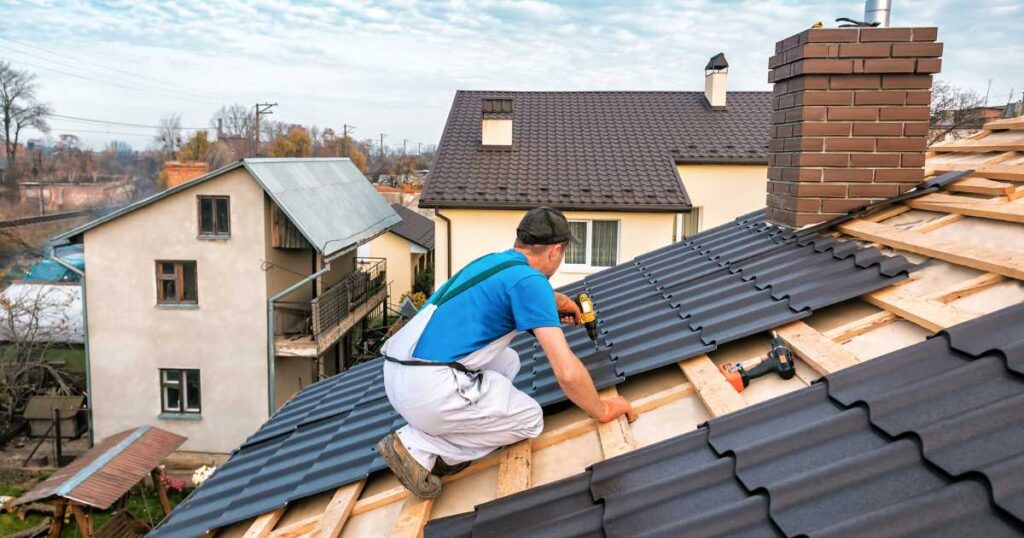
Essential Tips For Exact Roof Measurements
- Add any porches, overhanging sections, or chimneys to your roof.
- Incorporate all lengths in both inches and centimeters; doing so will prevent you from needing to perform laborious conversions at a later time.
- Remember to take skylights out of your calculations.
- Make sure to place a slightly larger order for materials than you expected when placing your panel order. Thanks to this, you won’t have any delays or additional anxiety throughout the installation.
- Speak with a roofing contractor if your roof is complicated or you feel uncomfortable measuring it yourself. On your behalf, they can swiftly and precisely calculate this figure.
Methods for Metal Roof Measurement
1- Draw a bird’s-eye perspective of your roof.
At this point, you don’t need to consider the roof’s scale or measurements. The purpose of this phase is to provide you with a rough diagram to aid in your job.
2- Determine how long your roof is.
Measure the roof length starting from the ground and moving from one edge to another.
3- Measure a single metal panel’s length.
The length of the metal panels your roofing contractor plans to employ for the roof will be available to you. The size of the roof can then be divided by the length of a single panel to get the number of panels required to accommodate the length of the roof. For instance, 30 panels are needed if your roof is 30 feet long and each panel is one foot long.
4- Continue on the opposite side of the roof.
Should your roof’s two parts be asymmetrical, go back to steps two and three for the remaining portions of your roof.
5- Determine the roof’s breadth, including the slope.
Measure from the fascia board to the roof’s peak for accuracy.
6- Measure one metal panel’s width.
Next, you may figure out how many roof panels are needed to accommodate the breadth of the roof by going through step 3 again. To determine how many metal panels are required to cover the complete half of the roof, multiply the width and length of the roof results together. If the two parts of your roof exhibit symmetry, you can divide this figure by two.
Considerations for Selecting Metal Roofing Length
- Climate and Forecast Weather Challenges: Certain panel widths may be required for maximum protection and durability in areas prone to extreme weather, such as heavy snowfall, rain, or strong winds.
- Dimensions and Roof Layout:A roof’s size, slope, and overall architecture are the main factors that determine the appropriate panel width.
- Building’s Architectural Style:Various architectural styles may be needed for particular panel widths to preserve design consistency and visual coherence.
- Costs of Installation and Replacement Ease: Because fewer seams exist, more comprehensive panels may be more easily installed quickly and with lower labor expenses. However, their increased bulk could be more challenging to install. Likewise, specific panel widths make replacements or repairs easier down the road.
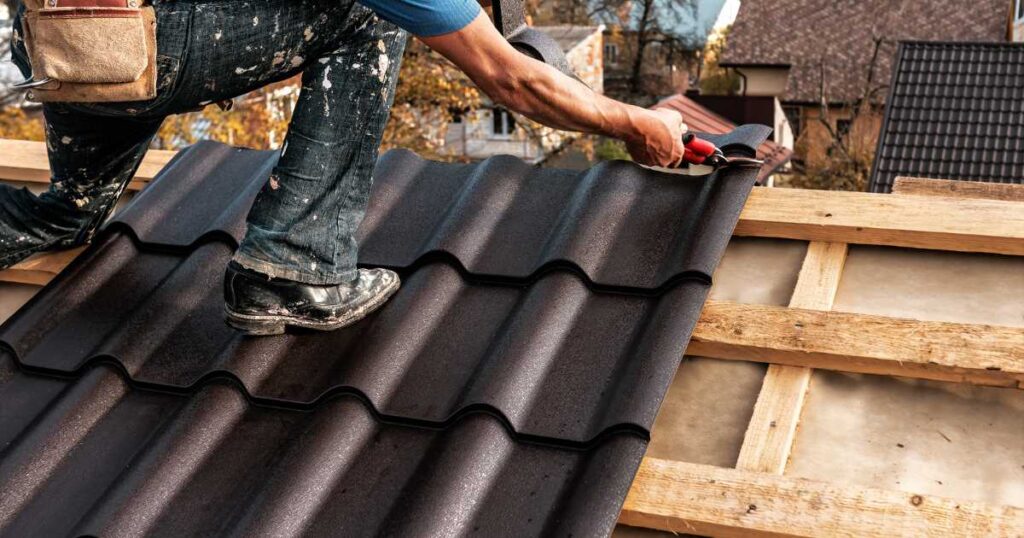
Conclusion
Together, you and the Pally Roofing group of skilled metal roofers will identify the ideal new roof for your house. From taking measurements of your current roof to providing, installing, and maintaining a new roof, they can help you with it all. We have built a well-established reputation for quality, affordability, and dependability as reliable metal roofing contractors for properties nationwide. Therefore, don’t hesitate to contact us if you want to invest in a new metal roof.
Author
-

With more than 16 years of hands-on experience, Phillip Schmucker is the knowledgeable owner of Pally Roofing. His dedication to superior roofing services has earned him a reputable place in the industry. Phillip also shares his extensive expertise through writing, providing readers with practical tips and professional advice on various roofing topics. Follow him on LinkedIn.
View all posts


